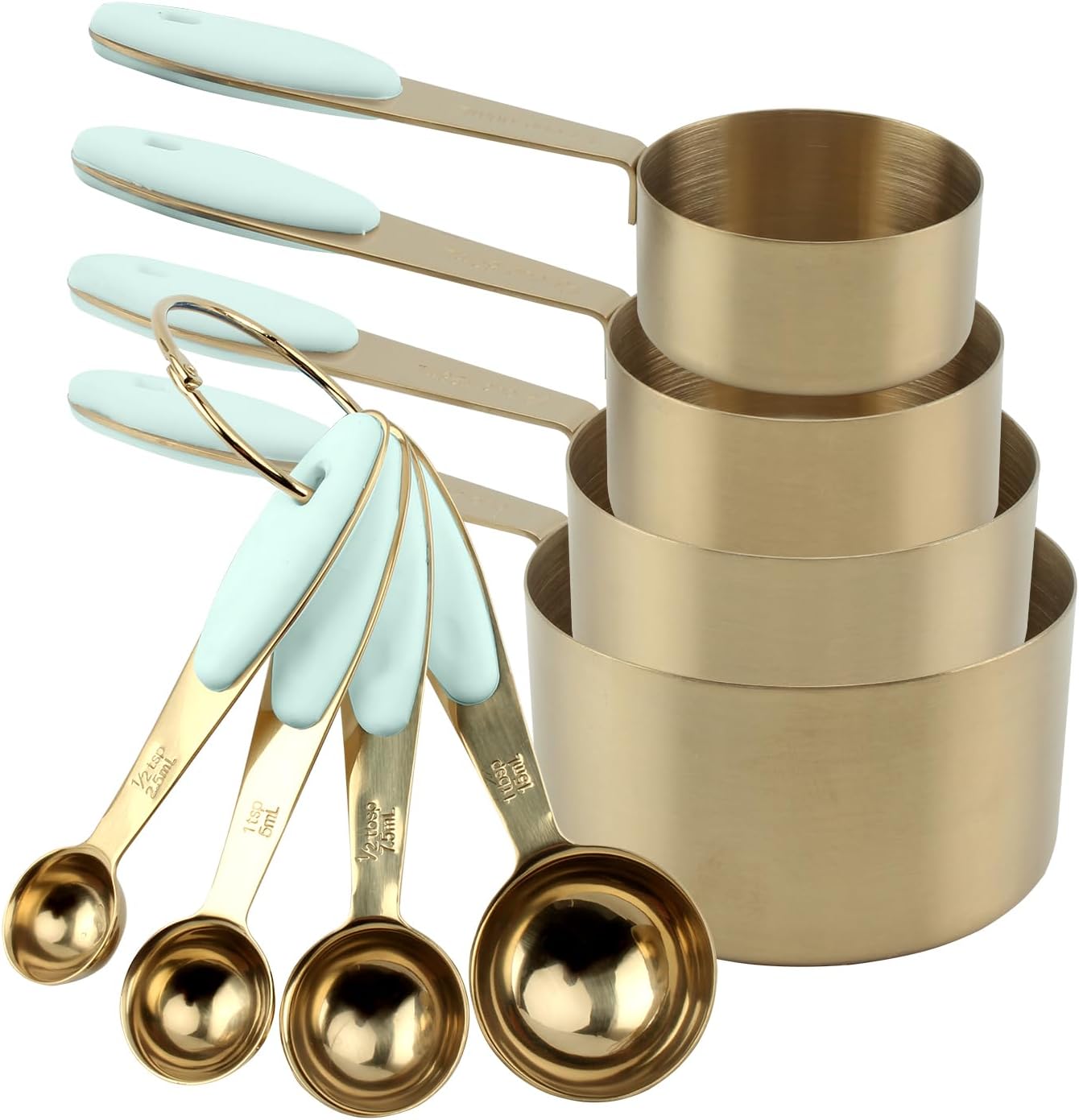The First Step to Smarter Eating
Welcome back to our ‘Nutrition Labels Matter’ series! Today, we’re tackling something that’s often overlooked but crucial for understanding what’s really in your food—serving sizes. You’ve probably noticed that what the package calls a “serving” doesn’t always match what you actually eat, and that’s where things can get tricky. Let’s break down why serving sizes matter and how to read them on nutrition labels, so you know exactly what you’re getting.
Why Serving Sizes Matter:

Here’s the basis—everything on a nutrition label is based on the serving size. That means if you’re eating more than the serving size listed, you’re getting more calories, fat, sugar, and everything else, too. Understanding serving sizes is the first step to staying on track with your diet and making sure you’re getting the nutrition you need without overdoing it.
How to Read Serving Sizes on Labels:

When you pick up a food package, one of the first things you should check is the serving size. Here’s how to do it:
• Servings Per Container: This tells you how many servings are in the entire package. If a package says it contains two servings but you eat the whole thing, you need to double the calories and nutrients listed on the label.
• Serving Size in Volume vs. Weight: Serving sizes are usually listed in cups, ounces, grams, or pieces. Make sure you know what a serving looks like before you dig in. Measuring cups and a food scale can be your best friends here.
Why Understanding Serving Sizes is Crucial:

Getting a handle on serving sizes can help you:
• Avoid Overeating: Knowing the correct serving size can help you avoid eating more than you intend.
• Accurately Track Your Intake: Whether you’re counting calories, carbs, or something else, understanding serving sizes ensures your tracking is spot-on.
• Make Smarter Choices: With the right information, you can choose foods that fit your goals, whether you’re trying to lose weight, gain muscle, or just eat healthier.
Tools You’ll Need:
To get a real handle on serving sizes, here are a few tools that can make your life easier:
• Measuring Cups and Spoons: Perfect for liquids and small items like nuts or seeds.
• Food Scale: Ideal for measuring foods by weight, like meats, cheese, or pasta.
Understanding serving sizes is all about being informed. When you know how much you’re eating, you’re better equipped to make choices that align with your goals. It’s not about restricting yourself—it’s about being aware and making decisions that support your health.

